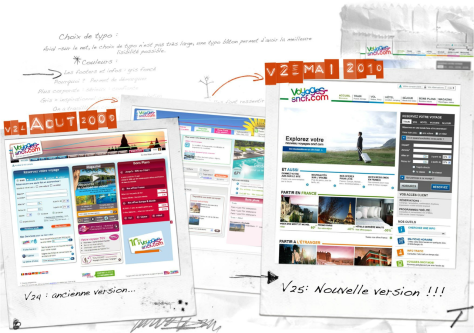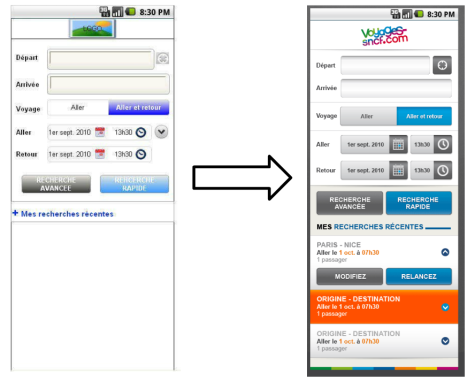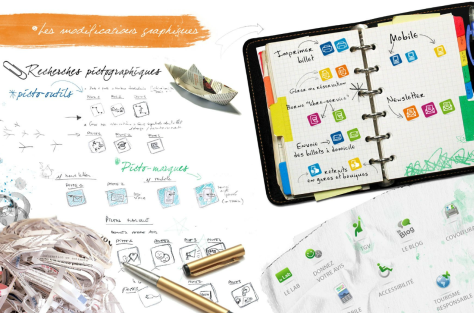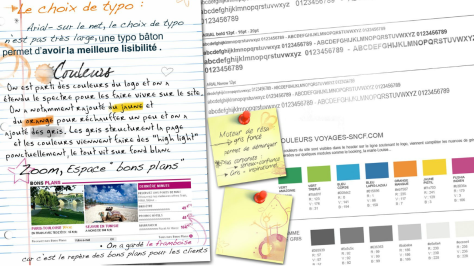
Recently, I was recruited to set up a UX team for a major French ecommerce Web site. Before my arrival, User Experience had been a loosely knit committee of the willing. The team comprised project managers, functional and technical specification writers, and a freelance graphic designer who was a self-labeled ergonomics expert. When this committee was unable to reach a consensus on a final design, they put some decisions to a vote, while they accepted others by default because there was no more time to iterate before the development timetable ran out. No established process or plan existed for user-centered design—or iterative testing and design.
User experience is a discipline that is applicable anywhere. But for user experience to gain enough traction for an organization to have a respected UX team, you’ll first you need to overcome some issues. It would be incorrect to say that, before the creation of a UX management role in an organization, no UX work has occurred in house. However, the work was probably disparate and lacking in focus. Bringing together a UX team, establishing team spirit, and making this the focal point of the team requires a slow and steady approach. You can’t just jump in and expect things to work well immediately.
With the establishment of a UX team, some people might expect that, somehow, all the answers they had been looking for would magically be provided. Adopting user experience is not just about getting the answers; it is rather more about proposing methods and creating structures for a better design workflow. So, to begin with, I listened a lot, sitting in meetings about the upcoming build releases and working with the incumbent graphic designer.
It’s important to identify who is holding the strings when it comes to making design decisions—and who is plucking them most often. It’s also key that you get to know the target market, the hidden obstacles that prevent certain recommendations being economically feasible—and note those you need to overcome—and in the midterm, to work with the IT or Software Architecture team.
Being in these meetings and listening a lot meant I could write scenarios. I did a lot of followup with teams close to UX, especially Product Marketing and front-end developers—owners of all things HTML, JavaScript, and CSS. As I gradually worked out who was already doing work related to user experience, I managed to move an in-house ergonomics consultant who specialized in eyetracking and usability studies from a project team to my team, as well as an intern from Marketing who was working on benchmarking user-interface (UI) best practices. With these resources on the UX team, we began to gain some traction and were able to handle more requests for UX research and design services and begin to centralize our design process.
Pillars of User Experience
For ecommerce, there are three pillars for an operational UX team: information architecture, ergonomics, and graphic design. I now had two of these roles covered and set about justifying the recruitment of an information architect. I created a slide deck showing how my team could improve our design process and workflow by adding this role. By using a set of marketing requirements that defined editorial, images, and priorities for each piece of information as our inputs, information architecture would let us deliver wireframes of pages and specify their content zones. Then ergonomics would do usability studies, enabling us to make recommendations for improving interactions. Finally, our graphic designer would deliver final mockups. Once I hired our information architect, I had the chain of design roles that I needed.
Next, I needed to focus on communicating and activating the new UX methodology I wanted to implement. I made some simple calculations and put forward a case for recruiting an in-house graphic designer, in place of a big freelance budget. We were paying a freelance designer for almost full-time work anyway, but weren’t getting much face time together. This meant our approaches to presenting our findings could get unsynchronized with our objectives. A strong, in-house graphic designer can make a big difference to a UX team’s reputation, because the final output we produce needs to be absolutely in line with corporate identity and the UX ethos.
Culture Change
With our UX team in place, the difficult culture-change process began. We needed to change expectations for what the UX team should deliver at each stage of a project. When I arrived at the company, the lines between UX roles were blurred, and any one person on the team might be expected to fulfill all the roles. Designers had always delivered initial page mockups that had a finished look, “because that’s the only way we can react to your work.”
I know it’s hard for many people without design experience to react to unfinished sketches and wireframes, but I began to sell the value of these draft working documents as a means of completing initial design iterations without extraneous considerations like color schemes—which are always touchy—the precise placement of elements on a page, and finished graphic elements. It helped to explain that validating wireframes doesn’t equate to final design approval, because ultimately, prototypes and wireframes do not elicit the full range of reactions a finished mockup would. They’re more about helping people—including users who are participants in usability testing—to react to the major issues, as well as starting to provide real content before representing pages in a graphic format that takes our limited resource—the graphic designer—more time to change.
The core change is a shift from a focus on graphic design alone to a UX methodology. A lot of French agencies have an excellent reputation for and history of wonderful creative design. Luxury products and high fashion have a stunning visual ethic and high-quality visuals are prevalent. Converting that tradition to usable Web sites is, in my opinion, a separate métier.
Navigation design needs to put usability and function before form; complex content needs to draw on desktop-publishing skills and a deep understanding of the constraints of the Web medium. In the end, it is far easier to create fluid layouts, a solid information architecture, and navigation storyboards before adding graphic-design touches. Agencies traditionally sell a visual concept first, onto which it can be surprisingly difficult to retrofit a good user experience, in spite of a stunning graphic look. Of course, the underlying debate of form over function reaches far wider than the Web. (We can all draw from industrial design, especially embedded system user interfaces and, of course, the classic models of remote controls, front-panel layouts for consumer hardware, and car dashboards.)



